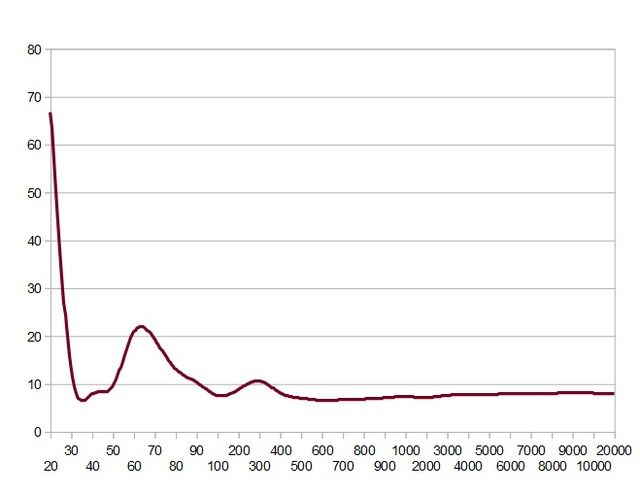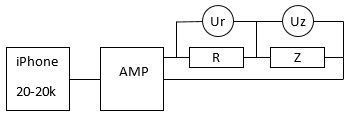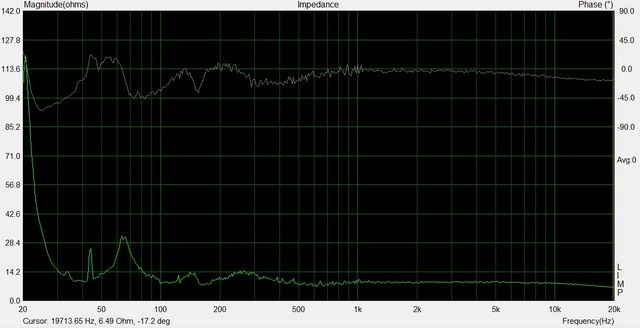What do you make of this? (Impedance curves)
81.233.250.186 |
||
| Posted on March 4, 2017 at 07:44:06 | ||
|
Posts: 411
Location: sweden Joined: March 18, 2006 |

Having tear my hair about having ARTA/LIMP to work with my computer, I decided to make the same setup, but using multimeters instead and making impediance curves in Excel. |
|
| RE: What do you make of this? (Impedance curves), posted on March 4, 2017 at 07:59:55 | |
|
Posts: 411
Location: sweden Joined: March 18, 2006 |
Bill, No zobel is used |
| RE: What do you make of this? , posted on March 7, 2017 at 05:43:32 | |
|
|
|









